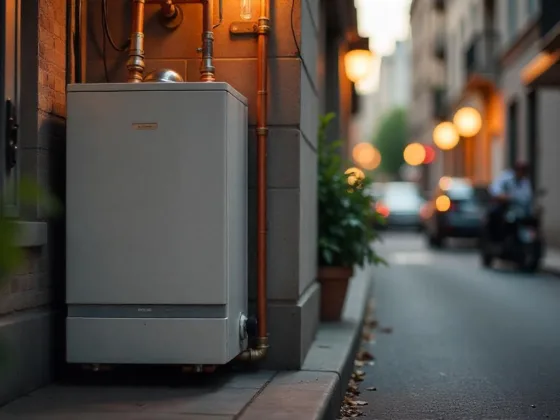Table of Contents Show
Are you fond of visiting wildlife parks and sanctuaries? If so, you are not alone. For an increasing number of people going on safari is one of the most sought-after bucket lists.

Nothing beats the pleasure and enjoyment of watching wild animals eat. However, feeding wild animals isn’t always good.
Recommendations always vary regarding feeding wild animals depending on the particular species. Also, keep in mind that most public parks have rules in place to prevent human-wildlife interaction.
So, if you’re on the fence about foraging for food in your local park, stay tuned. Read on to learn the dos and don’ts of feeding wild animals.
Don’t Feed Human Food to Wildlife
It is essential not to feed human food to wildlife. Doing so is bad for their health and can lead to various legal and safety issues.
Wild animals are picky eaters and require healthy diets for their species. Human food, such as processed and restaurant foods, does not provide the nutrients for a balanced diet for wild animals.
Feeding wildlife human food can also lead to diseases like obesity, high cholesterol, and heart disease, severely affecting the animals’ health. Feeding wild animals human food can also create dependence on humans for food, making them aggressive when people are nearby. To care for and protect wild animals, it is best to resist the urge to feed them and leave them alone in the wild.
Read Also:
Don’t Feed Wildlife in Urban Areas
Feeding wild animals in urban areas can have a majorly negative impact on the city’s environment. This can encourage animals to cross the boundaries of nature and the metropolitan regions, leading to dangerous situations and property damage.
To preserve our cities’ safety, we must respect the boundaries between urban areas and nature. Suppose animal wildlife does wander on your property. In that case, you should contact your local wildlife removal service and not do the job yourself.
Do Provide Supplemental Food
Providing supplemental food is generally a positive thing. It can benefit wildlife during the cold winter months and dry summer days, especially for species that rely heavily on natural foods.
Proper steps should be taken for feeding wildlife, such as only providing a limited quantity of specific food items, regulated to the size, type, and age of the animals present.
Wildlife should also be fed in particular locations, preferably not too close to an animal’s natural habitat, to avoid artificial dependence on human food.
Do Clean Up after Feeding Avoid Diseases
When feeding a wild animal, never leave food out in the open for longer than the amount of time necessary for the animal to consume it.
Food should never be left out in the open where other animals may access it, as this can lead to sickness and bacterial contamination of the area.
Dispose of any food items left out for too long, and thoroughly wash any dishes you used to feed them. Always feed responsibly and clean up after feeding to ensure the health and safety of the wild animals.
Care for Wild Animals is Necessary
Always remember the safety tips when feeding wild animals to protect yourself and the animals. Respect the animals and do not litter or leave food behind, as it can cause long-term and permanent damage to the wild animal population.
Be aware and considerate and share this information with family and friends to promote peaceful coexistence with wildlife. Get out there and enjoy nature! Check our other blog posts for more tips and advice.









